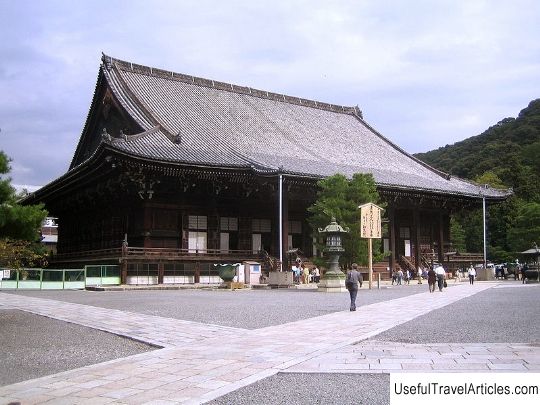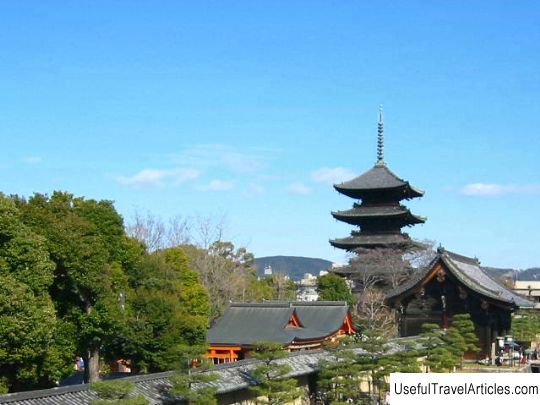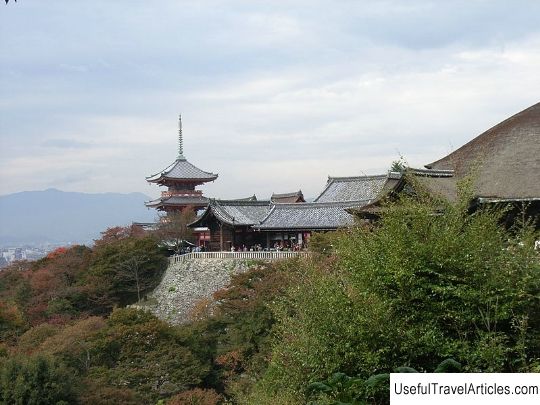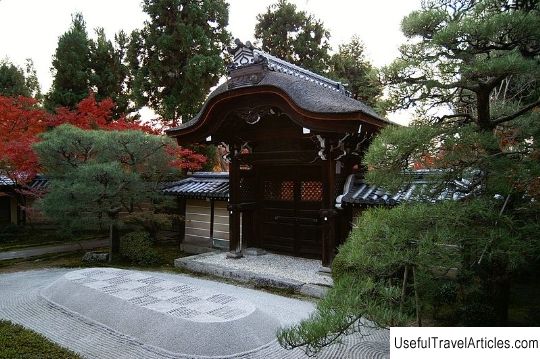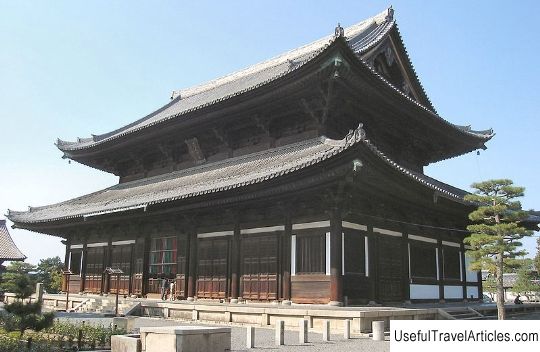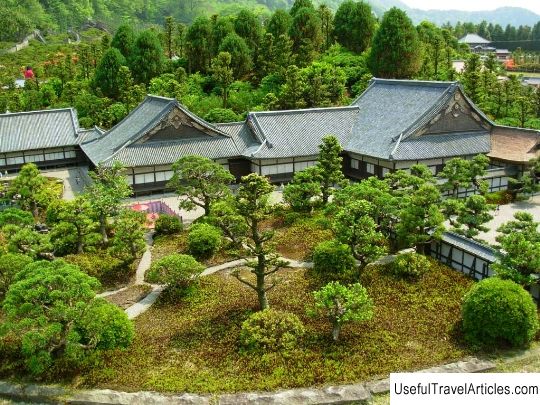Chion-in Temple description and photos - Japan: Kyoto
Rating: 8,4/10 (568 votes) Chion-in temple description and photos - Japan: Kyoto. Detailed information about the attraction. Description, photographs and a map showing the nearest significant objects. The name in English is Chion-in. Photo and descriptionChion-in is the main temple of the Jodo-shu Buddhist school, which was founded in the XII century by the monk Honen, later nicknamed "The Great Teacher of Perfect Light." The teachings he founded became very popular among ordinary people in Japan, today Jodo-shu is one of the most numerous Buddhist sects in the country. The temple was built by Honen's student in memory of his teacher in 1234. Four centuries later, the temple was badly damaged by fire, but was rebuilt by order of the shogun Tokugawa Iemitsu, who ruled in the first half of the 17th century. During his reign, the massive Sammon Gate (the highest in Japan, 24 meters high) was built near the temple and guest houses appeared. On the roof beams, a representative of the Tokugawa clan ordered to depict their family signs, and since then the appearance of the temple has not changed. It is possible that the temple is protected from fire by the so-called "forgotten umbrella" - an object that is located behind one of the beams of the main building of the temple. The frame of the umbrella protrudes halfway at a height of 1.5 meters. It is clearly visible to visitors, but a human hand has not touched it for several centuries. There are several versions of how the umbrella ended up under the roof. According to one of them, the umbrella was left by the carpenter to protect the temple from evil spirits and fires. According to another version, the umbrella was left by a white fox as a token of gratitude for the newly built dwelling. It is possible that the umbrella was simply forgotten. However, the Japanese themselves cherish this romantic legend. There are several such mysterious stories associated with the Chion-in temple - except for the umbrella, there are six more items in the temple with unusual properties or mystical meanings. For example, in the main building of Mieido, the floorboards in the hallway are called "nightingales" because they creak loudly, even if they are slightly stepped on. The ends of the floorboards are bound with metal, which rub against each other and make a loud sound. The creaking floor is one of the protective measures adopted in the Japanese Middle Ages. One of the paintings in the temple depicts a cat, whose gaze is directed at the visitor, no matter where he is in the room. Another legend "revived" the sparrows, which were painted on one of the partitions of the temple. The birds were depicted so skillfully that they supposedly came to life and flew away. In addition, a spoon weighing more than 30 kg and a length of about 2.5 meters is kept in the temple - it symbolizes the mercy of Buddha Amida. There is also a stone here, on which a melon plant once grew. According to one legend, the stone locks the entrance to the underground corridor that leads to Nijo Castle, according to another version, the stone is a piece of a fallen meteorite. There is also a memorial sign about a married couple of carpenters who erected the Sammon Gate and committed suicide when it turned out that the construction costs exceeded the planned spending. Another attraction of the temple is the massive 74-ton bell. It takes the strength of 17 monks to make a sound.         We also recommend reading Aquarium of Diacinto Cestoni (L'Acquario comunale Diacinto Cestoni) description and photos - Italy: Livorno Topic: Chion-in Temple description and photos - Japan: Kyoto. |
